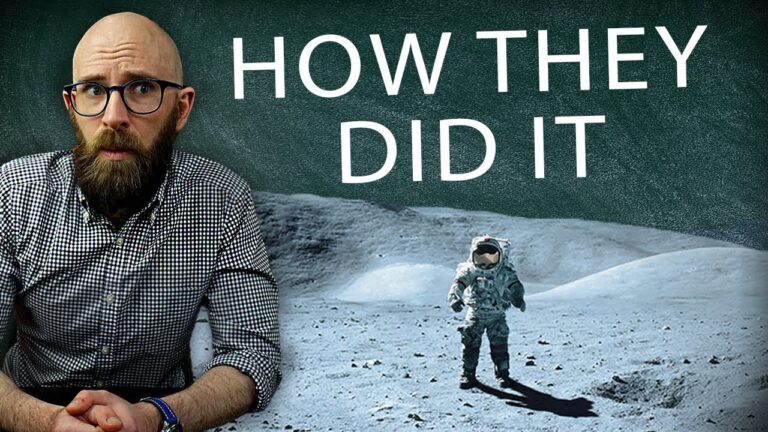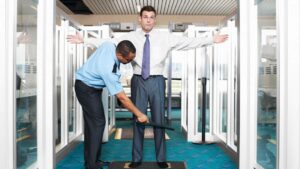“Unlocking the Secrets of the Moon: The Ingenious Strategies That Made NASA’s Historic Landing Possible”
There were other, equally concerning flaws with the concept. For instance, nobody knew what the surface of the moon was like or whether it was stable enough to launch a giant spacecraft from. Also, in order to better withstand the G-forces of launch and reentry, the crew lay with their backs to the Command Module heat shield, meaning they would somehow have to land on the moon while facing away from the lunar surface.
Wernher von Braun, the former Nazi rocket engineer and director of the Marshall Space Flight Centre in Huntsville, Alabama, favoured an alternative approach known as Earth Orbit Rendezvous or EOR. Instead of being launched all at once with one massive super-rocket, the lunar spacecraft would instead be launched in pieces aboard many smaller Saturn C-5 rockets and assembled in earth orbit before setting off for the moon. Several variations of this scheme were proposed: in one, the spacecraft sections were launched into orbit pre-filled with rocket propellant; while in another they were launched empty and topped up with propellant by another spacecraft just prior to departure. And in yet another, the spacecraft was assembled by astronauts based aboard an earth-orbiting space station built ahead of time.
But while Earth Orbit Rendezvous eliminated the need to develop a giant and potentially troublesome super-rocket, it soon became clear that this approach was just as problematic and risky as Direct Ascent. For one thing, assembling such a spacecraft would require NASA to perfect techniques for orbital rendezvous and docking – the feasibility of which was unknown at the time and would not be demonstrated until the Gemini 6, 7, and 8 missions in 1965 and 1966 – and for more on how the former mission nearly ended in fiery disaster, please check out our previous video That Time NASA Almost Turned Two Astronauts into Roman Candles. Further, spreading the spacecraft components over multiple launches actually increased overall risk, since even a single failed or aborted launch would likely result in a mission being cancelled. Even a delayed launch could have serious consequences, for cryogenic rocket propellants like liquid oxygen and liquid hydrogen could potentially boil away into space by the time the spacecraft was ready for departure. The use of an orbiting space station as an assembly dock and home base would help mitigate some of these risks, but would also likely push the project far beyond President Kennedy’s 1970 deadline. And on top of all of this, once they reached the moon the crew would still face the same problem of safely landing a massive spacecraft on the lunar surface and blasting off again.











